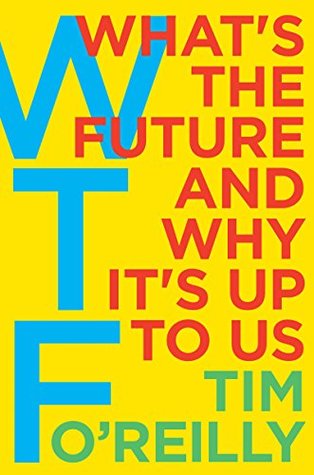More on this book
Community
Kindle Notes & Highlights
We saw that radically new industries don’t start when creative entrepreneurs meet venture capitalists. They start with people who are infatuated with seemingly impossible futures.
Otis Chandler and 1 other person liked this
So what makes a real unicorn of this amazing kind? 1. It seems unbelievable at first. 2. It changes the way the world works. 3. It results in an ecosystem of new services, jobs, business models, and industries.
Jeff and 1 other person liked this
Successful innovators don’t ask customers and clients to do something different; they ask them to become someone different. . . . Successful innovators ask users to embrace—or at least tolerate—new values, new skills, new behaviors, new vocabulary, new ideas, new expectations, and new aspirations. They transform their customers.
Jeff liked this
History tells us technology kills professions, but does not kill jobs.
Over the past few decades, companies have made a deliberate choice to reward their management and “superstars” incredibly well, while treating ordinary workers as a cost to be minimized or cut. Top US CEOs now earn 373x the income of the average worker, up from 42x in 1980. As a result of the choices we’ve made as a society about how to share the benefits of economic growth and technological productivity gains, the gulf between the top and the bottom has widened enormously, and the middle has largely disappeared. Recently published research by Stanford economist Raj Chetty shows that for
...more
Otis Chandler and 1 other person liked this
It is almost always the case that if you want to see the future, you have to look not at the technologies offered by the mainstream but by the innovators out at the fringes.
Otis Chandler and 4 other people liked this
“When attractive profits disappear at one stage in the value chain because a product becomes modular and commoditized, the opportunity to earn attractive profits with proprietary products will usually emerge at an adjacent stage.”


